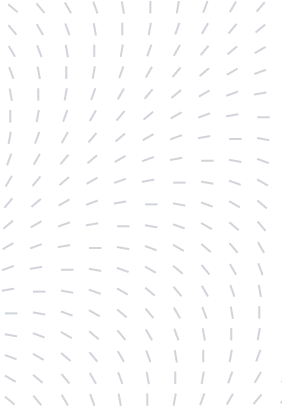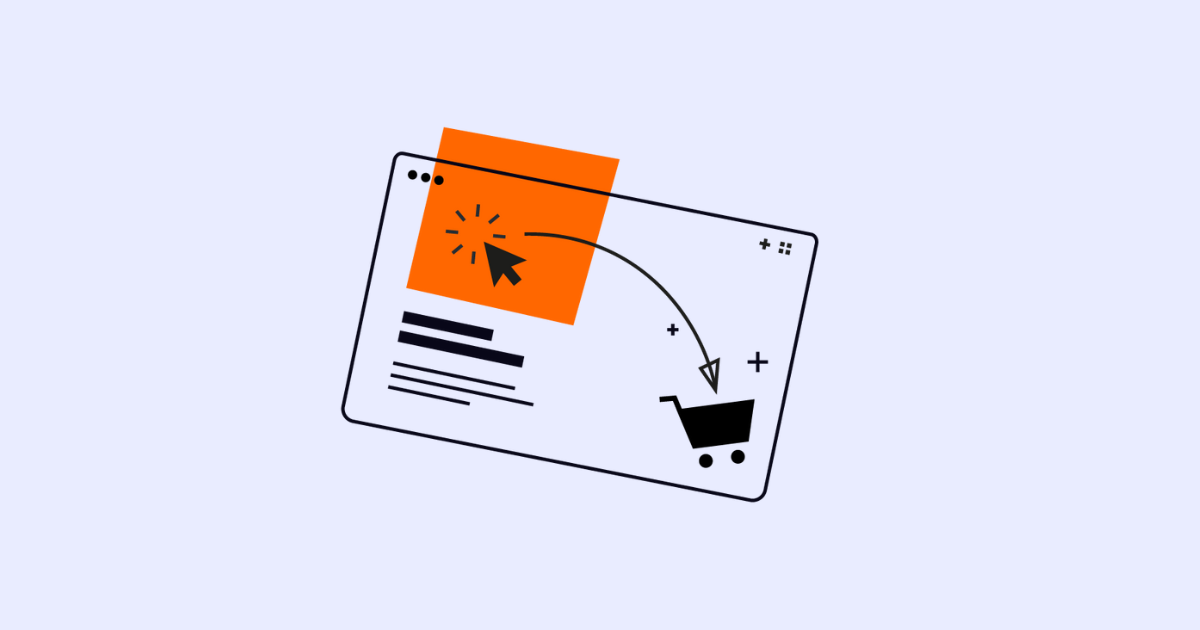
Email Marketing Insights in 2025 from Neil Patel
Neil Patel recently shared powerful tips on email marketing success—think cleaner lists, smarter personalization, and value-packed content. His key message? Email isn’t dead; it’s evolving.

You won’t find a magic formula that delivers customers to your business via the internet. You can’t copy a template, change the landing page content and assume your business will prosper. Every business, it seems, has to figure out for itself what works.
Still, best practices exist. Every landing page needs certain elements to be successful, even though those elements can look very different from page to page. So while there’s no magic formula that works every time, a framework in which to operate does exist. But first, let’s agree on the definition of certain terms.
When talking about landing page content, you must understand the key terms. This article defines these terms as follows:
If you’re running a PPC campaign, the ad should direct all traffic — on the click — to a landing page with content that reaffirms what the ad claimed. If you’re using an email marketing campaign, the technique is different, but the result should be the same: a clickthrough that sends the email recipient to a landing page. Never send a potential customer to your Home page from a targeted marketing campaign because it often contains too much information, too many things to do and very little direction.
Your landing page content, on the other hand, is a targeted message written to connect with the person who landed there. If a person clicks through to your landing page, he already has an interest in a product or service. All you have to do is persuade him to act. That’s the purpose of a landing page.
Since landing page content is by nature rhetorical — in other words, its purpose is to persuade a person to act or behave a certain way — the language needs to connect to the specific target audience. The best way to connect and to get people to act is to reach them on an emotional level. To do that, every landing page needs to feature elements such as:
There is no magic number that ensures success. If you’ve included all the required elements, your landing page can be 250 words or 1,000 words. The answer often depends on your target market, as it does for many business decisions. Do they read at length? Do they prefer video? Do they really need a lot of reinforcement or are they ready to buy when they click through to the landing page?
Your best bet is to cover your bases. Make sure the elements are covered completely. Make sure every graphic is needed and adds to the story you’re creating. Just like on every normal web page, everything you put on a landing page should contribute to the purpose of the page. If you think your landing page content is too long or too short, test it on different audiences. A/B testing is a staple of marketing. But that’s another subject.

Neil Patel recently shared powerful tips on email marketing success—think cleaner lists, smarter personalization, and value-packed content. His key message? Email isn’t dead; it’s evolving.

SEO copywriting: user-focused, keyword-rich content. Optimize URLs, titles, and meta descriptions. Balance search engines and audience needs to boost rankings and drive traffic.

Brand owners can control their Amazon listings and remove unauthorized sellers by enrolling in Brand Registry. This grants priority in content updates, access to A+ content, and tools like Brand Transparency and Project Zero.
Subscribe to receive exclusive industry
insights & updates
Copyright © 2014 – 2025 One Egg. All rights reserved.
Subscribe to receive exclusive industry insights & updates